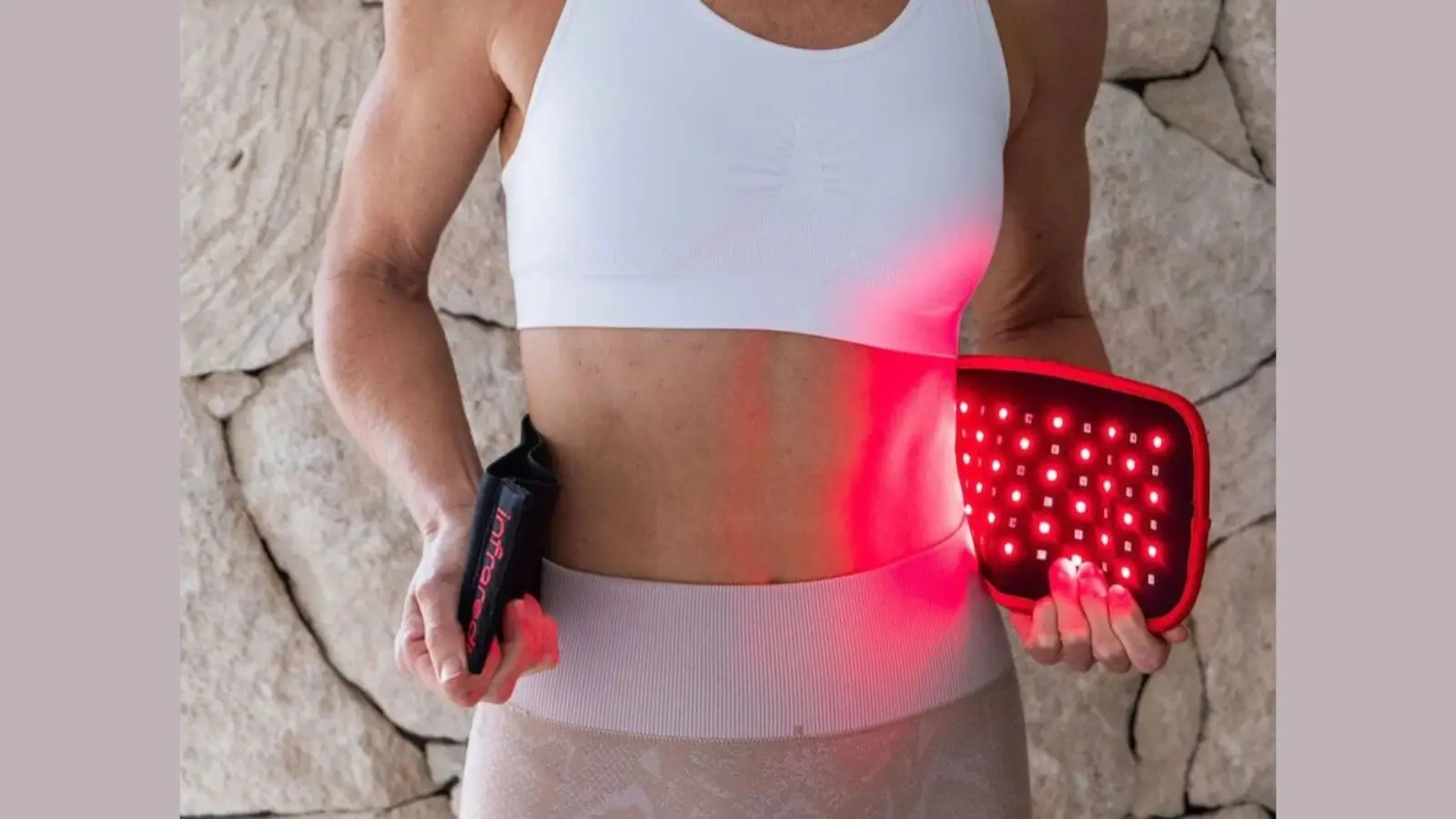


Managing pain is a daily reality for millions of people, whether it’s recovering from a tough workout, dealing with chronic joint discomfort, or sitting at a desk for too long. While traditional solutions like painkillers, hot/cold packs, or stretching routines still have their place, a new approach is gaining serious traction in both wellness circles and clinical settings: red light therapy.
Once confined to research labs and elite sports clinics, red and near-infrared light therapy is now accessible to everyday users thanks to affordable, at-home devices. And the results are promising – not only for pain relief, but also for supporting long-term recovery and performance.
Red light therapy, also called photobiomodulation (PBM), involves exposing the body to low-level red or near-infrared light. These wavelengths penetrate the skin and are absorbed by mitochondria, the energy powerhouses inside your cells. When this happens, the cells produce more ATP (adenosine triphosphate), a type of cellular fuel that boosts regeneration, reduces oxidative stress, and promotes healing.
Red light typically works at wavelengths between 630–660 nm, while near-infrared light penetrates deeper, around 800–850 nm. Together, these wavelengths can reach muscles, joints, and even bone tissue, stimulating processes that support tissue repair and decrease inflammation.
Numerous peer-reviewed studies have confirmed red light therapy’s ability to reduce pain, improve blood flow, enhance collagen production, and speed up recovery from injuries. For example:
Chronic joint pain: Studies show reduced pain and stiffness in patients with osteoarthritis or rheumatoid arthritis after regular red light sessions.
Back pain: Research suggests measurable improvement in lumbar flexibility and pain reduction, often within a few weeks.
Muscle recovery: Athletes use red light to reduce delayed onset muscle soreness (DOMS) and improve training outcomes.
Menstrual discomfort: Targeted red light on the abdomen can help relieve cramping by relaxing smooth muscle tissue and reducing inflammation.
But what really makes red light therapy stand out is its safety profile. Unlike heat pads or ice therapy, it doesn’t rely on temperature. Unlike medication, it carries no systemic side effects. And unlike TENS units or electrical stimulation, there’s no sensation at all. It's quiet, gentle, and passive yet powerfully effective.
Full-body red light panels are great for overall wellness routines, especially for people interested in skin rejuvenation or general energy levels. However, when it comes to specific areas of discomfort, like your lower back, neck, knees, or abdomen, targeted devices offer faster and more noticeable relief.
Why? Because targeted devices deliver the right amount of light directly where you need it. Instead of dispersing energy across your entire body, they concentrate it into one focal point. This approach leads to higher absorption, shorter session times, and more practical daily use.
The latest generation of red light therapy tools doesn’t just focus on effectiveness – it also emphasizes comfort, portability, and consistency. Daily use is what brings long-term results, so the more convenient the device, the more likely you are to stick with it.
That’s why one of the most popular and practical options today is the red light therapy belt. Designed to wrap comfortably around your waist, thighs, shoulders, or other problem areas, these belts deliver consistent red and near-infrared light while keeping your hands free. Many models are USB-powered or rechargeable, with soft, flexible materials that contour to the body. You can use them while working at your desk, watching TV, or even lying in bed.
Some belts include adjustable intensity levels and timers, allowing for a customized experience. They’re particularly useful for people dealing with lower back pain, sciatica, period cramps, or hip soreness. And because they’re wearable, they ensure a snug fit and direct contact with the skin, both of which improve light absorption and therapy effectiveness.
As we move toward more natural, tech-enabled wellness solutions, red light therapy is earning its place in medicine cabinets and fitness recovery kits alike. It’s not a replacement for professional medical treatment when needed, but it can be a powerful complement to physiotherapy, chiropractic care, or an active recovery routine.
Whether you're an athlete looking to improve performance, someone managing chronic pain, or simply trying to feel better at the end of a long day, red light therapy offers a gentle but effective solution. And with wearable options like the red light therapy belt, there’s never been an easier way to bring powerful relief straight to the source.